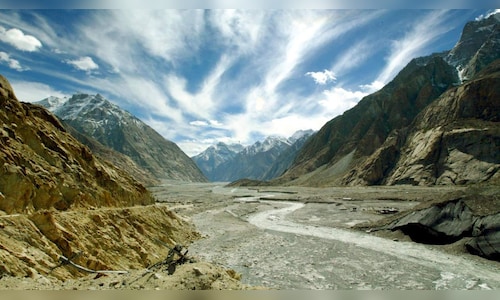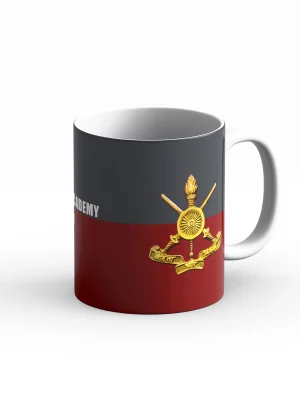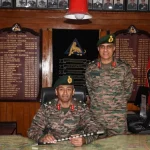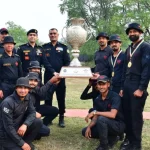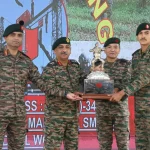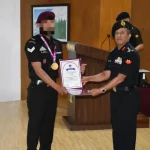The Indian Army has unveiled an initiative that will allow tourists to explore some of the country’s most remote and historically significant battlefields, including the Siachen Glacier, Kargil, and the Galwan Valley. This announcement was made by Chief of Army Staff General Upendra Dwivedi during a lecture titled “Role and Contribution of Indian Army in Securing India’s Growth Story,” part of the General BC Joshi Memorial Lecture Series at Savitribai Phule Pune University.
General Dwivedi highlighted a strategic shift in Jammu and Kashmir from “terrorism to tourism.” This transformation has gained momentum particularly after the establishment of a new government following recent assembly elections. He pointed out the substantial potential that Jammu and Kashmir holds for the tourism sector, suggesting that the Army is playing an active role in this transformation effort.
“The transformative potential of tourism is enormous, and we have already seen a significant rise in visitors to Jammu and Kashmir,” General Dwivedi remarked. He announced that 48 areas have been identified for tourism development, with an ambitious goal to double tourist footfall in the region over the next five years.
The Army chief elaborated on the Army’s commitment to enhancing adventure tourism, emphasizing plans to provide specialized training to tour operators to promote visitor engagement in border regions. “As part of our initiative, we are upskilling local populations in mountaineering and related activities. Our training programs include treks like the Trans-Himalayan trek and the ‘Soul of Steel’ trek in Uttarakhand,” he said. A significant part of this initiative includes opening access to the Siachen Glacier for all citizens, a location renowned as the highest and coldest battlefield globally.
Additionally, General Dwivedi announced plans to open key historical battle sites, such as Kargil and Galwan, to tourists. This move is expected to offer visitors a genuine understanding of these notable battlegrounds. Kargil is famously associated with the conflict between India and Pakistan in 1999, while the Galwan Valley has become prominent due to the deadly clash between Indian and Chinese forces in June 2020.
Overall, this initiative not only aims to promote tourism but also seeks to foster a deeper connection to the cultural and historical significance of these regions among visitors.

